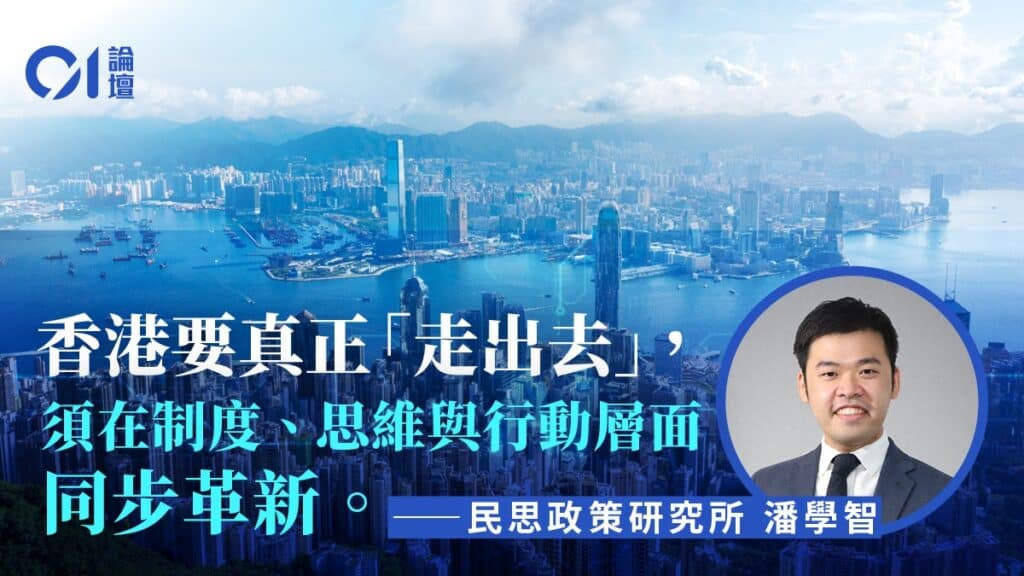Under the order of "common prosperity", large companies enthusiastically donated money and were jokingly called "protection fees." Shared prosperity is originally a policy of the Mainland and has nothing to do with Hong Kong. However, according to the stock market news, hundreds of millions of Chinese listed companies have lost their market value, and Hong Kong businessmen doing business in the Mainland are also confused and frightened. The timing coincides with vigorous regulatory actions, as antitrust and preventing the disorderly expansion of capital have been listed as key tasks since last year. Internet companies received hefty fines, chaos in the fandom and bad actors were punished, and the double-cut policy cracked down on the tutoring industry, leading people to mistakenly equate common prosperity with looting private projects.
Common prosperity is to narrow the gap between rich and poor
The Office of Finance and Economic Affairs of the People’s Republic of China specifically explained that common prosperity is not about “killing the rich and giving to the poor,” but rather about getting rich first and bringing wealth later. When talking about reform and opening up, Deng Xiaoping's famous saying "Let some people get rich first" is often quoted, but many people have never heard the second part: "Drive most regions to achieve common prosperity." Common prosperity is a long-term goal. The goal and end point is not equal prosperity, but narrowing the gap between rich and poor. After the poverty alleviation campaign came to an end last year, the central government announced that it had successfully achieved the 100-year goal of the founding of the Party, built a moderately prosperous society in all respects, and solved the problem of absolute poverty. We now have the practical conditions to move towards the ideal of common prosperity proposed as early as 1985. Recent policies must be understood from this perspective.
There is a Kuznets curve in economics, which is inverted U-shape, which means that as national income increases, economic inequality will first worsen and then ease. The Nobel Prize-winning economist hypothesized that an abundant supply of cheap labor would allow capitalists to enjoy exclusive economic benefits, and that after the economy took off, democratization and welfarism would narrow the gap between urban and rural areas. However, French economist Piketty wrote the book "Capital in the Twenty-First Century" to prove that global wealth continues to suffer not from scarcity but from inequality. When the free market loses order, the invisible hand of the government should think about how to guide capital, management experience, talent and technology and other production factors to copy, promote and transfer them from developed groups to backward groups, so that the latter can gain latecomer advantages through competition. They may complement each other and catch up with economic development, or even achieve "overtaking around a corner."
Mainland measures are worth learning from Hong Kong
The specific institutional arrangements for common prosperity are based on the three-dimensional distribution theory. The goal is to expand the middle-income group and avoid the formation of an M-shaped society in which the poor become poorer, the rich become richer, and the middle class shrinks. Zhejiang Province is the first common prosperity demonstration zone, and its implementation plan can help us get a glimpse of it. The initial distribution is mainly reflected in the treatment that employees receive according to market mechanisms. It can conduct corporate salary surveys, improve minimum wage levels, etc., so that ordinary workers have channels to increase their income through their own efforts. Redistribution is the government's allocation of resources in accordance with the principle of fairness. It can use tax reform to improve the performance and coverage of public services such as childbirth, elderly care, culture and sports, and strengthen the transfer, return and subsidies between upper and lower levels of government, thereby reducing the living expenses of the middle class. . Three distributions are voluntary charitable donations that can provide tax benefits and matching plans to promote charitable trust business.
Public opinion exaggerates common prosperity as a modern version of "beating local tyrants to divide their land." It is undoubtedly using memories of land reform to evoke anti-communist sentiments and ignores the injustice caused by the disparity between rich and poor to the common people. Hong Kong is shamed as the city with the most severe wealth gap in the world. Although the socio-economic system under one country, two systems is different from that of the mainland, the goal of making people live a prosperous life should not have regional or institutional differences. Hong Kong's big market and small government have fully exposed the shortcomings of capitalism. Are there any policy measures worthy of reference for the common prosperity of the Mainland to change the old methods we use and provide answers to solve the gap between rich and poor?
Ray Poon
Co-Convenor (Research), Path of Democracy



